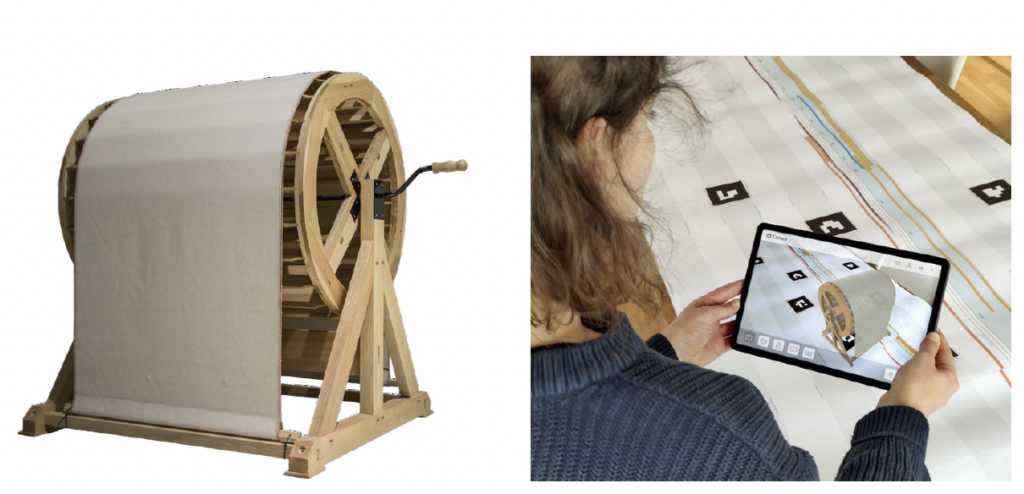In my ongoing exploration of sustainability, I recently conducted a semi-structured guided interview with a friend deeply involved in environmental activism, particularly in the context of Fridays for Future. Studying Psychology with a focus on environmental psychology, she brought a wealth of knowledge and diverse perspectives to the conversation.
In my previous blog posts, I delved into defining sustainability and examining international agreements aimed at addressing its challenges. Recognizing the need for individual contributions alongside governmental efforts, I aimed to understand the current level of awareness and explore interactive educational approaches that could inspire sustainable action.
The interview aimed to provide insights into my friend’s experiences, perceptions, and recommendations regarding sustainability awareness. Structured as a guided conversation in German, the questions were designed to offer flexibility while maintaining the framework.
Insights from the Interview
Existing educational Efforts
My friend acknowledged the importance of education but expressed concerns about its effectiveness in promoting general sustainability awareness. She emphasized the need for clearer communication and a focus on positive future scenarios to counteract false balance in media representation.
Challenges in Communication
Addressing challenges in communication across age groups, she highlighted the prevalence of false balance in media, where a climate scientist might be juxtaposed with a climate denier, giving a misleading impression of a 50:50 debate. She stressed the importance of clearly stating the scientific consensus.
Role of Social Media
While recognizing the influence of social media, she also pointed out the trend towards superficiality and rapid content turnover. The success of influencers showcasing luxurious lifestyles might perpetuate a perception that sustainability means sacrifice.
Interactive Approaches
Regarding effective communication, she suggested exploring interactive approaches such as workshops, events, and campaigns that provide tangible experiences. She believed that the cool factor of sustainable living needed to be emphasized.
Governmental Role
Highlighting the importance of government involvement, she expressed concern about the perceived lack of effectiveness and social justice in current sustainability measures. She believed that well-executed, socially just initiatives could significantly increase public support.
Tailored Approaches
Recognizing the diversity of lifestyles and professions, she emphasized the potential effectiveness of individualized approaches. By addressing specific challenges related to mobility, food choices, and energy consumption, tailored solutions could resonate more deeply.
Motivations for Engagement
In terms of incentives, she highlighted intrinsic motivations tied to biospheric values, such as the desire for a better environment for future generations. The potential impact on one’s immediate surroundings, avoidance of negative consequences like flooding or water scarcity, and hedonistic enjoyment of sustainable practices were also mentioned.
This insightful interview offered valuable perspectives on sustainability awareness. It underscored the need for clearer communication, engaging and tailored educational approaches, and the pivotal role of governments in driving effective change. These insights will undoubtedly shape the direction of my research on this topic.





